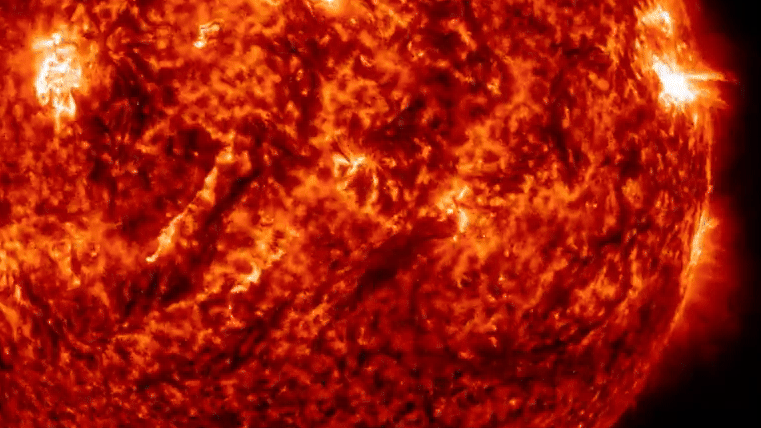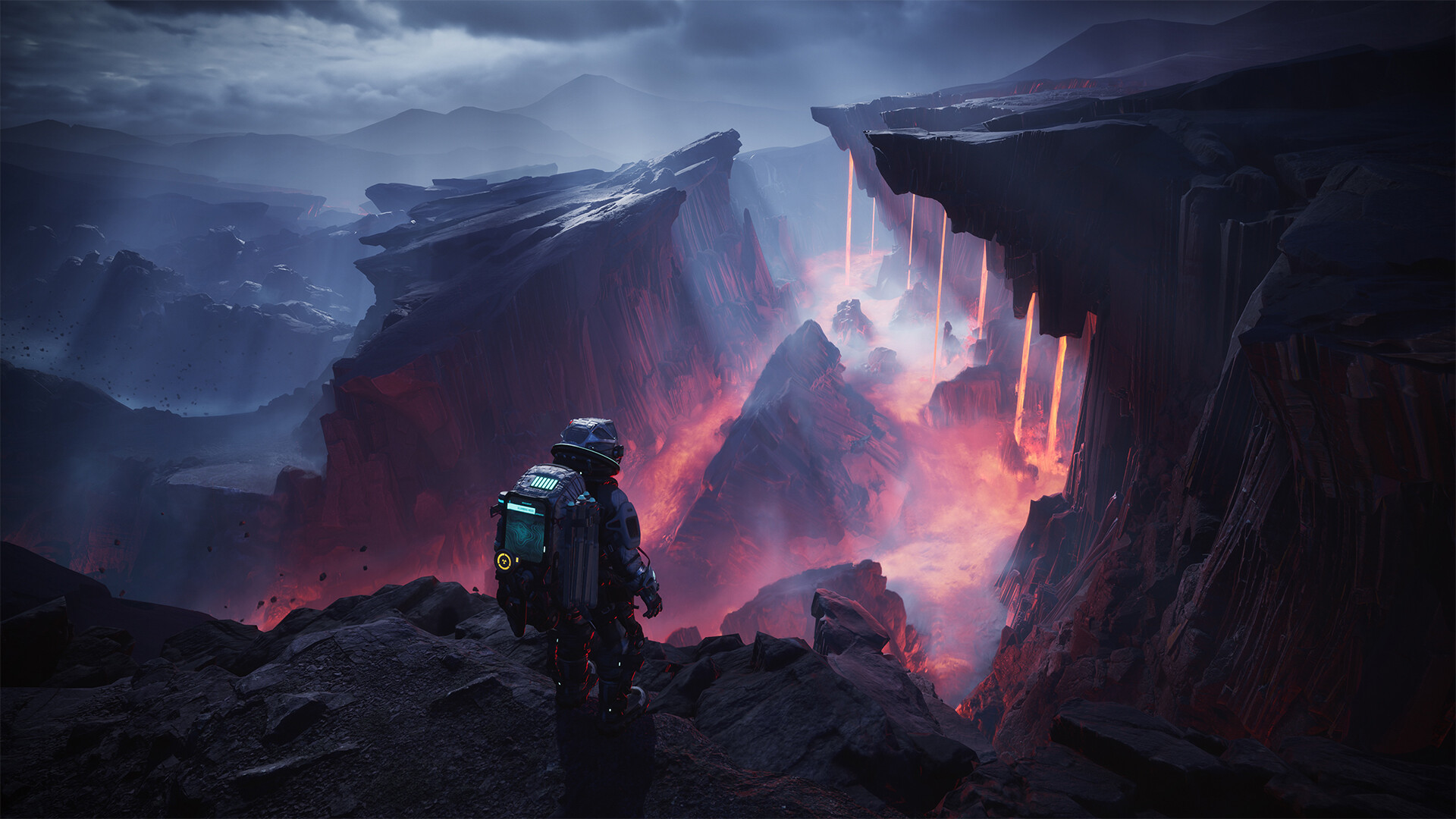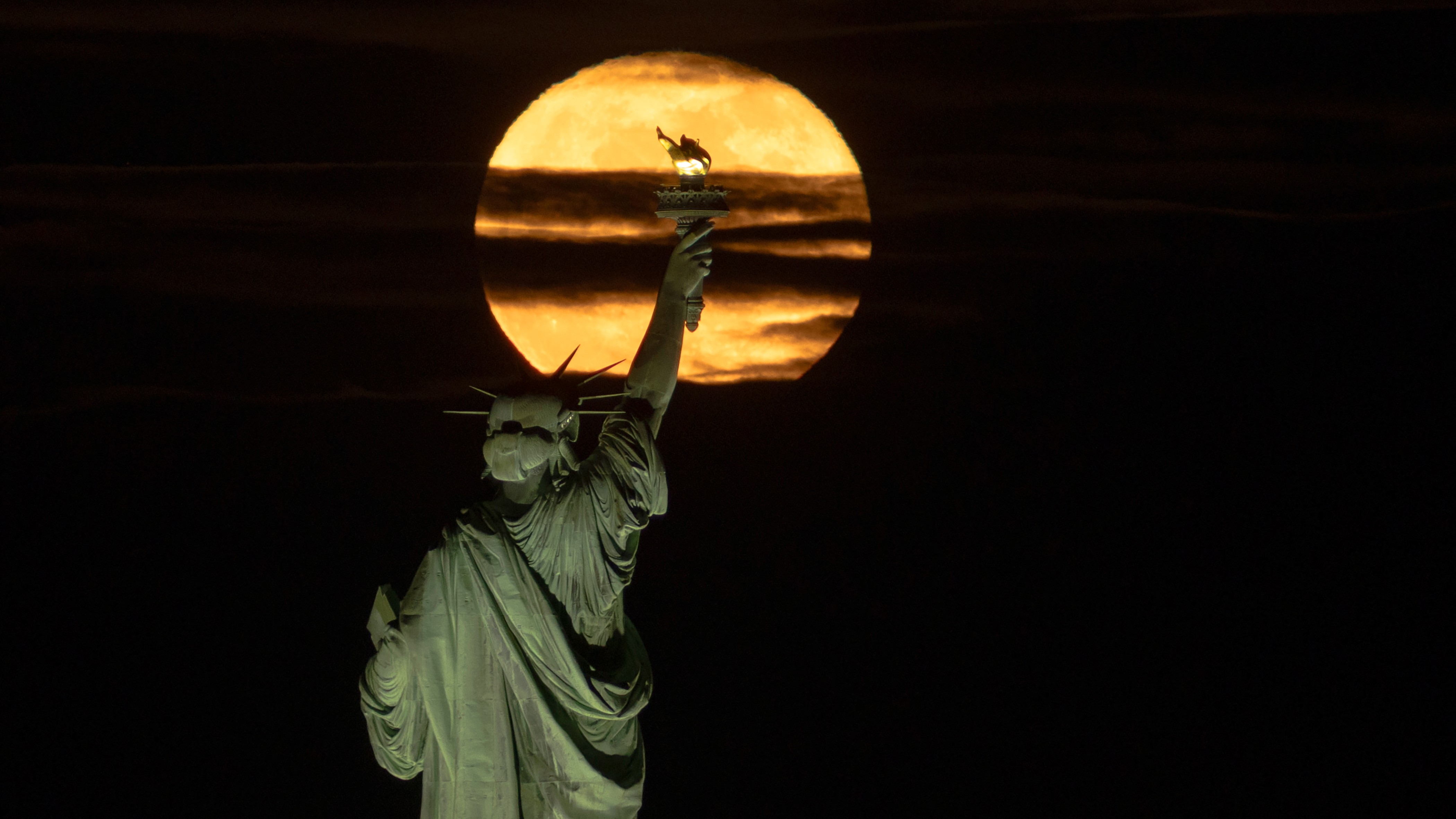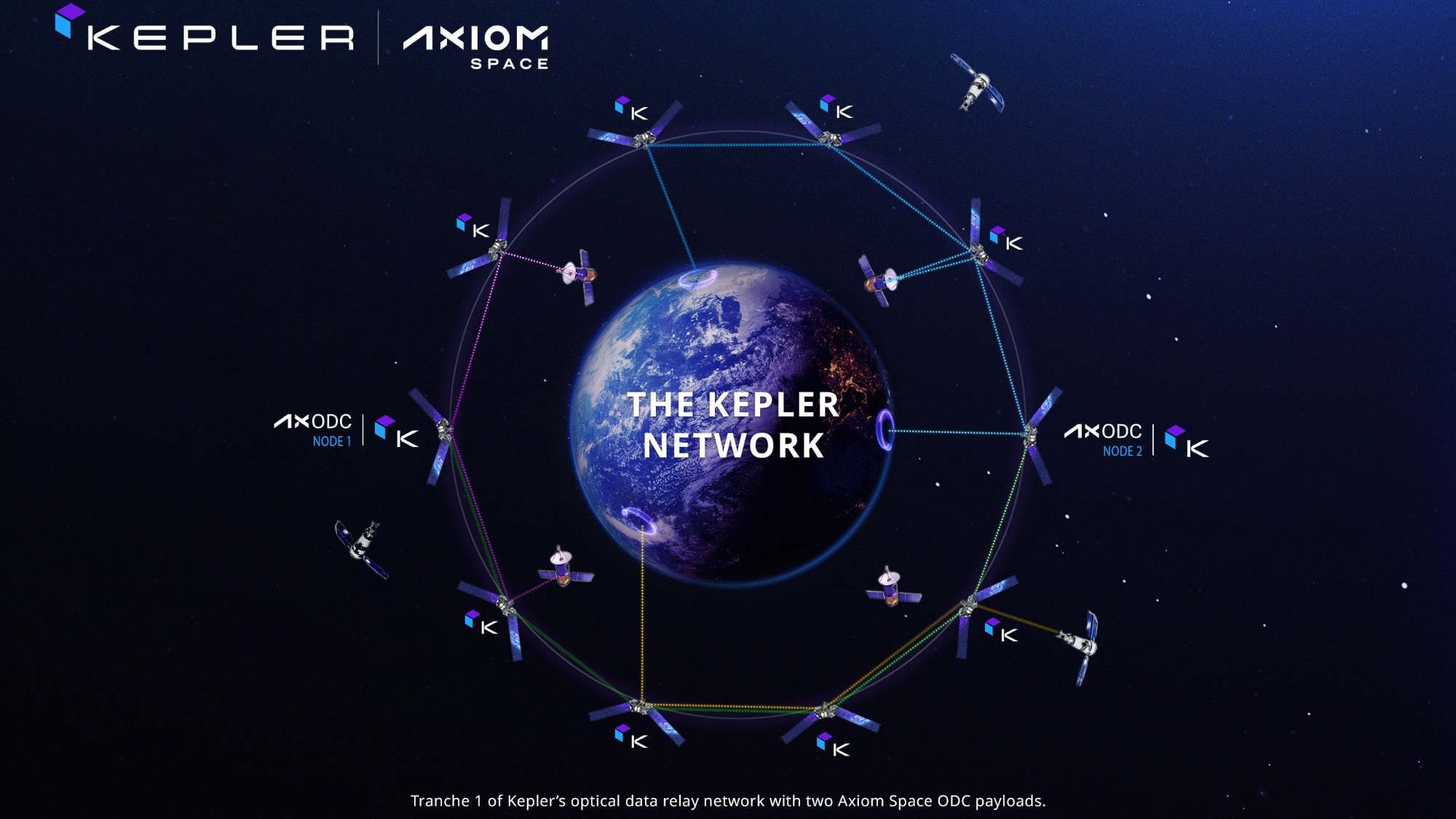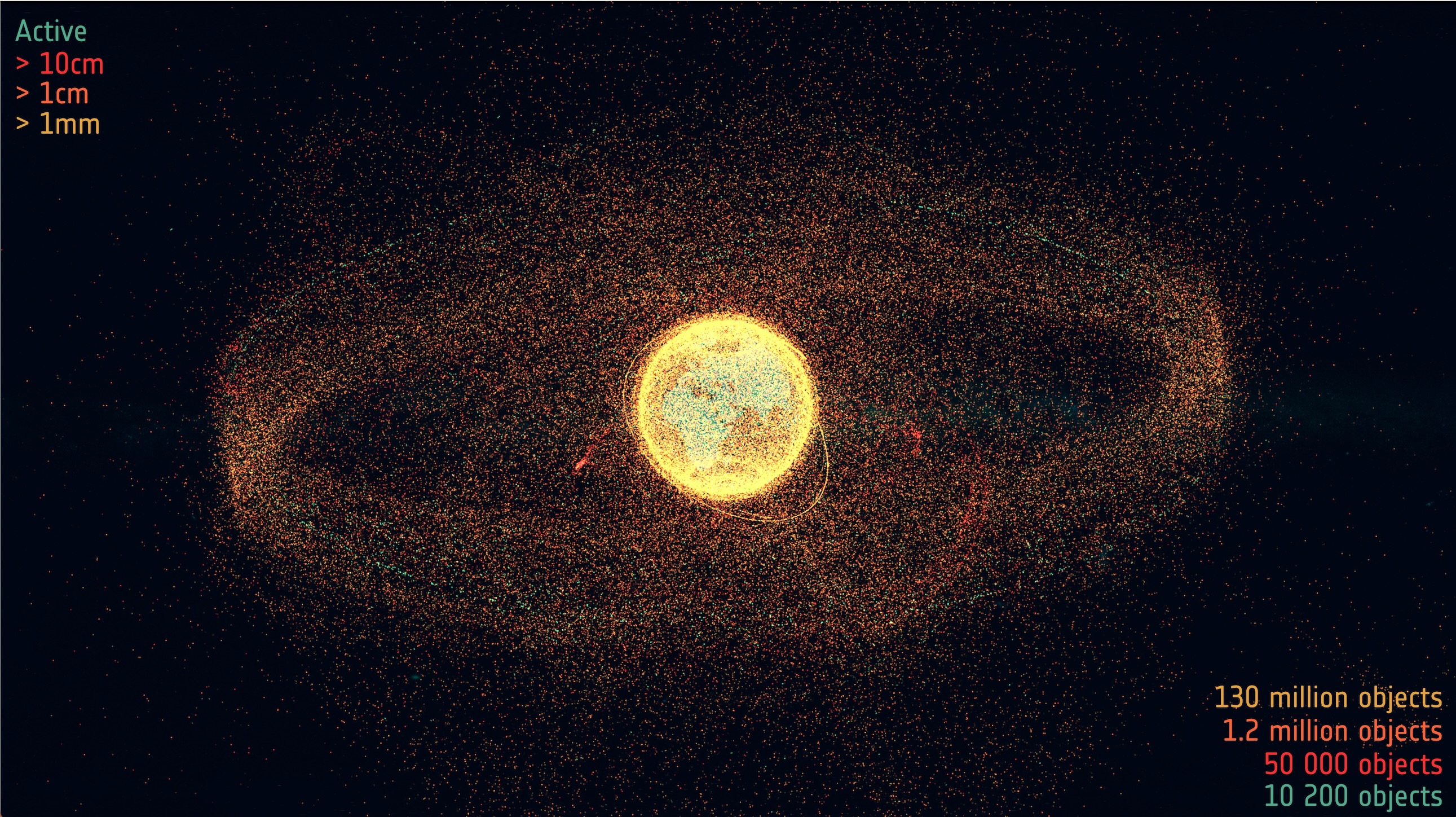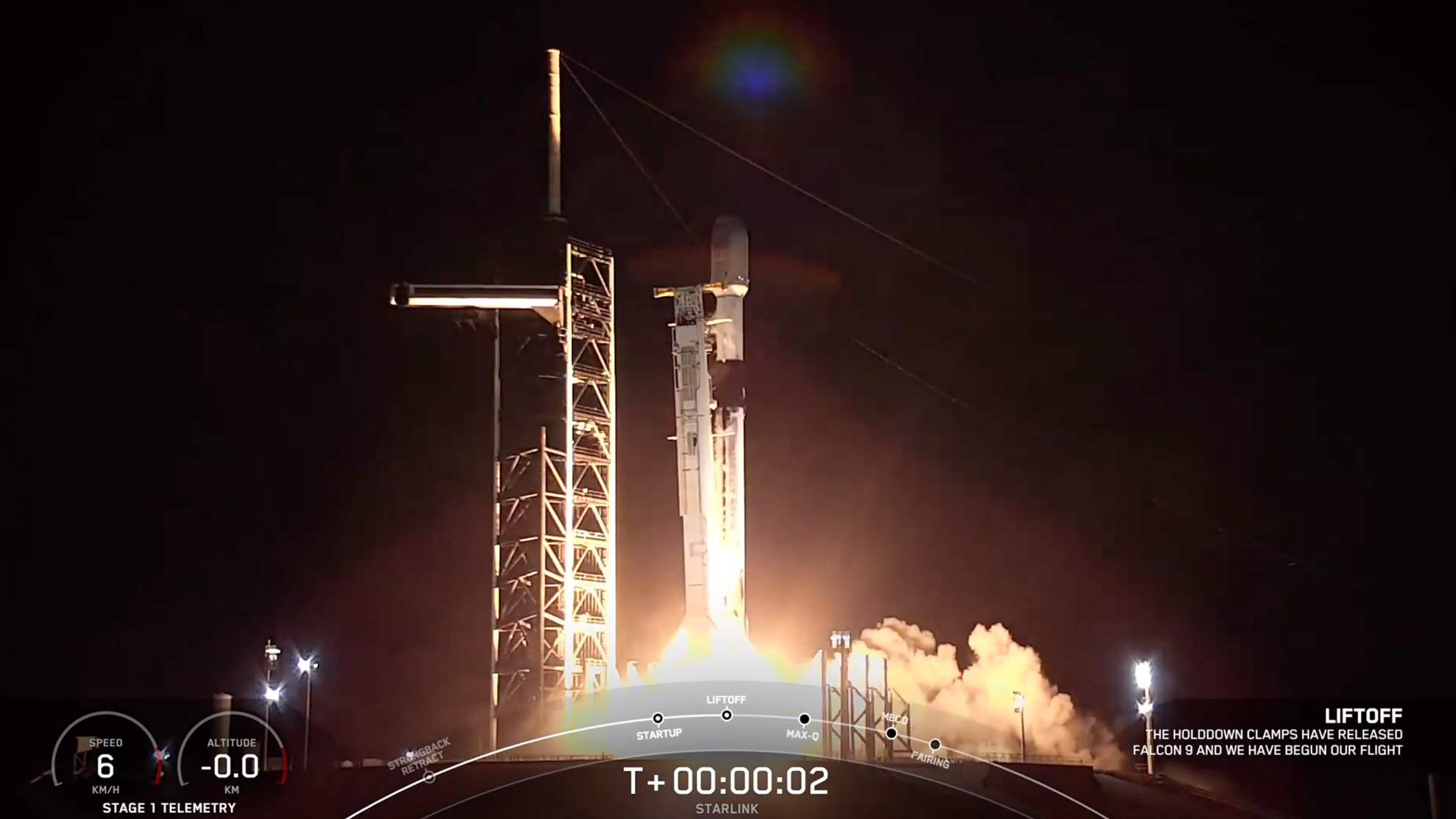With real scientific data, artist Martin Vargic has visualized hundreds of alien planets
"We have no way to determine how different exoplanets really look in detail yet, and this makes them a rich space for creativity."
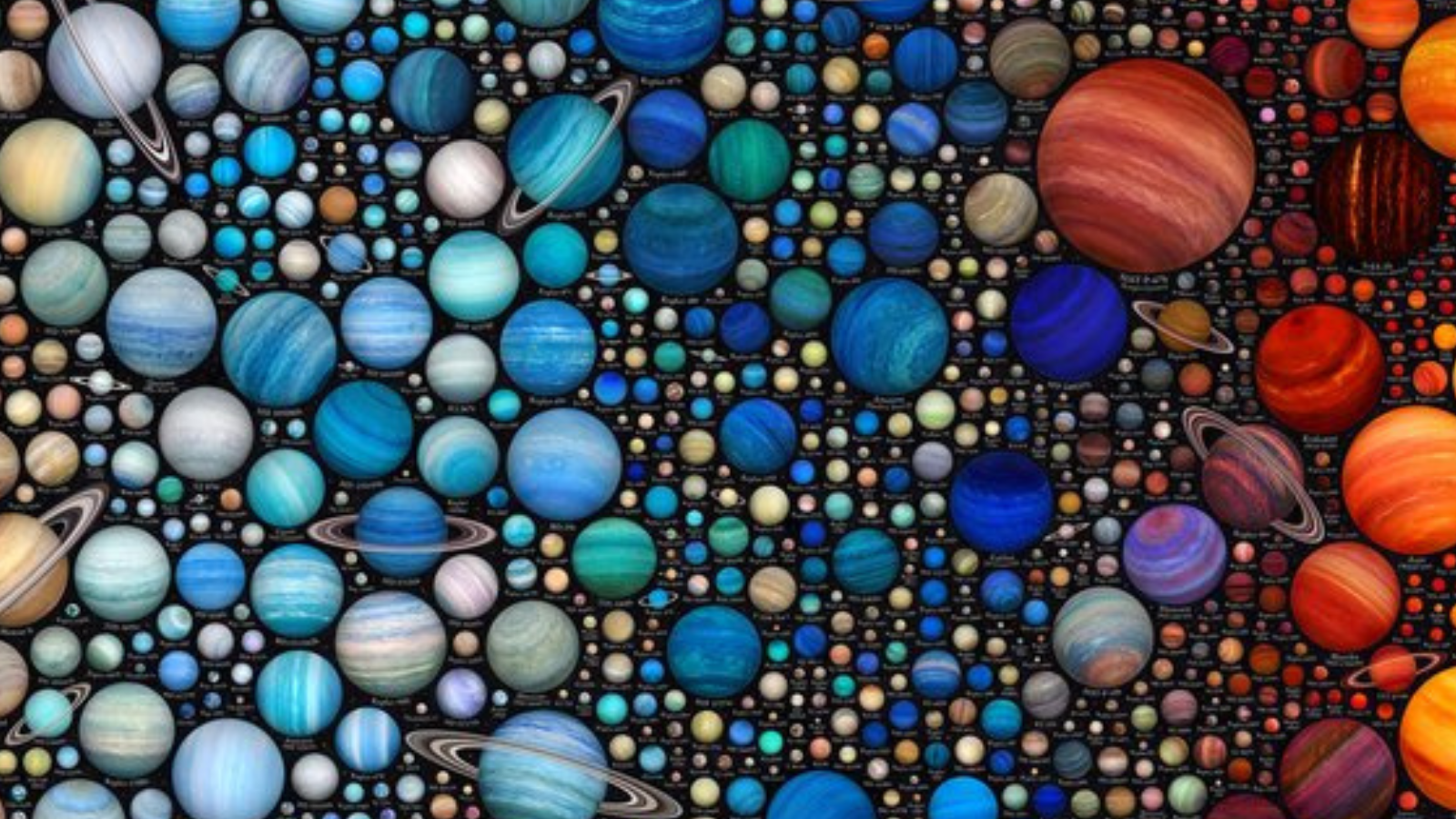
As shocking as it sounds today, prior to the 1990s, scientists couldn't be certain that stars beyond the sun also had planets orbiting them. Since the discovery of the first extra-solar planet, or "exoplanet," around 30 years ago, over 6,000 of these distant worlds have been revealed, with thousands more detected but not yet confirmed.
The burgeoning exoplanet catalog has delivered a multitude of planets that really emphasize the "alien" in "alien worlds." With planets so hot they rain iron, planets with savage, glass-filled winds and planets so mishappen by their stars they roll around in their orbits like eggs, it is little wonder that exoplanets have captivated people beyond the hallowed halls of scientific academia, inspiring incredible and breathtaking works of art. One artist captivated by exoplanets is Martin Vargic, a Slovak artist and the author of the "Curious Cosmical Compendium."
"I have been interested in astronomy since I can remember and was always captivated by the idea of other planets orbiting distant stars unlike anything in the solar system," 26-year-old Vargic told Space.com. "In 2015, I created the first version of what would eventually become my exoplanet infographics. After publishing my first book dedicated to maps and map-inspired infographics, I decided to create another visual book, this time focused on the universe, astronomy and space exploration."
The book, which Vargic said took almost three years to complete, featured chapters such as "Scale of the Universe," "Timeline of the Universe" and, of course, an entire section focused on exoplanets. The artist organized these worlds by temperature, ascending page-by-page from Neptune-like ice worlds to blazing hot gas giants called "hot Jupiters."
This progression led up to "failed star" brown dwarfs, or objects that form like stars, but have masses between the most massive planet we know of and the least massive star in our books. Brown dwarfs also can't trigger the nuclear fusion of hydrogen to helium in their cores, the process that defines what a "main sequence star" is.
Related: James Webb Space Telescope wins 'race against time' to directly observe young exoplanet
Artwork of exoplanets, such as that created by Vargic, is valuable because, unlike other celestial objects such as stars and nebulas, exoplanets are usually too dim and too distant to be visualized directly. In fact, it is partially this element of mystery that inspires Vargic.
Get the Space.com Newsletter
Breaking space news, the latest updates on rocket launches, skywatching events and more!
"We have no way to determine how different exoplanets really look in detail yet, and this makes them a rich space for creativity," he explained. "The vast majority of existing exoplanets on the graphic have never been portrayed graphically before, existing in the minds of people just as a series of numbers and digits describing their different orbital parameters and size, the graphic adding texture, color and shape as the real objects they are, some of them possibly harboring life."

Exploring the exoplanet zoo
Another aspect that fires up Vargic creatively is the huge variety and truly alien nature of exoplanets when compared to the relatively mundane and "safe" planets of the solar system.
"The variety and diversity of the few thousand exoplanets we already know of is impressive. The planets in our solar system, varied as they are, represent only a minuscule part of a large, broad spectrum of planetary scale and temperature," he said. "Even very similar exoplanets could differ in striking ways. Different star systems having formed from distant nebulas of dust and gas could have different ratios of elements, and the process of formation and planetary evolution would be different depending on the size, activity, and spectrum of planets and their parent stars, making some planets richer or poorer in some chemical elements with potentially exotic consequences."
The artist added that other differing characteristics, such as rotation speed, would lead to variations in exoplanets' cloud bands, atmospheric currents and equatorial bulges. Vargic has tried to reflect this variety in his work.
"I decided to vary the color tones and the clouds structures of otherwise similar planets to represent this and make the infographic more varied and colorful," he explained.
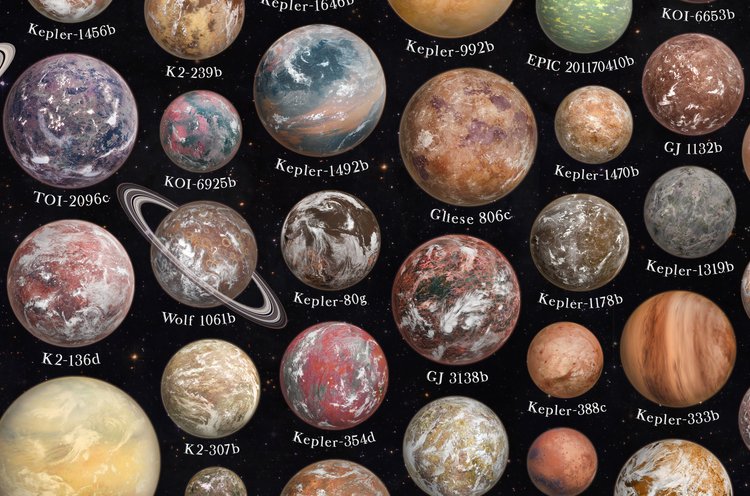
Of course, with such a wide range of exoplanets out there, it is only natural for exoplanet enthusiasts to have a few favorites. And Vargic is no exception.
"One is Kepler 277b, an ultradense, rocky planet more massive than Saturn with a crushing surface gravity of over ten times that of Earth," Vargic said. "The TRAPPIST-1 system is also fascinating because it has so many Earth-sized planets orbiting incredibly close to each other."
"Also fascinating is the fact that the star TRAPPIST-1 has a potential future lifespan of over 10 trillion years long, allowing potential lifeforms to exist and develop into the future for up to a thousand times longer than on Earth," he said.
In terms of the art he has created thus far, Vargic said that his favorite exoplanet to design has been WASP-12 B. Located 1,400 light years from Earth, this exoplanet is so close to its star that it has been distorted into an egg-like shape.
"Hot gas continuously escapes from the permanently star-facing 'day side' of WASP-12 B, which is siphoned by its hot star. It is estimated it will be completely consumed in less than 10 million years," Vargic said. "TRES-2b was also one of my favorite planets to design because it is the least reflective known planet. Perhaps Kepler-1652b — a super-Earth orbiting in the habitable zone — it is a possible candidate for an 'eyeball planet' that could have one hemisphere perpetually covered by ice and the other by a liquid ocean."
Vargic explained how his art goes way beyond planets outside the solar system, with many other celestial bodies catching his attention.
"I have visualized and explored many other interesting cosmic objects in the chapter 'Scale of the Universe' in my book 'Curious Cosmical Compendium,' comparing the sizes of asteroids, dwarf planets and dwarf stars to giant stars, quasars, black holes, nebulas, star clusters and galaxies," Vargic said.
The artist added that he also plans to create a "Scale of the Universe" poster, showing the scale of various cosmic objects at gradually increasing orders of magnitude, from satellites and asteroids to the entire observable universe.
"Regarding exoplanets, for the near future, I plan to continue making more artistic visualizations of individual exoplanetary systems," Vargic concluded. "I would like to finish an even bigger version of the exoplanet poster that would include every known exoplanet, but that might take a few years to get to."
You can check out Vargic's stunning celestial artwork on his website here.
Join our Space Forums to keep talking space on the latest missions, night sky and more! And if you have a news tip, correction or comment, let us know at: community@space.com.

Robert Lea is a science journalist in the U.K. whose articles have been published in Physics World, New Scientist, Astronomy Magazine, All About Space, Newsweek and ZME Science. He also writes about science communication for Elsevier and the European Journal of Physics. Rob holds a bachelor of science degree in physics and astronomy from the U.K.’s Open University. Follow him on Twitter @sciencef1rst.
